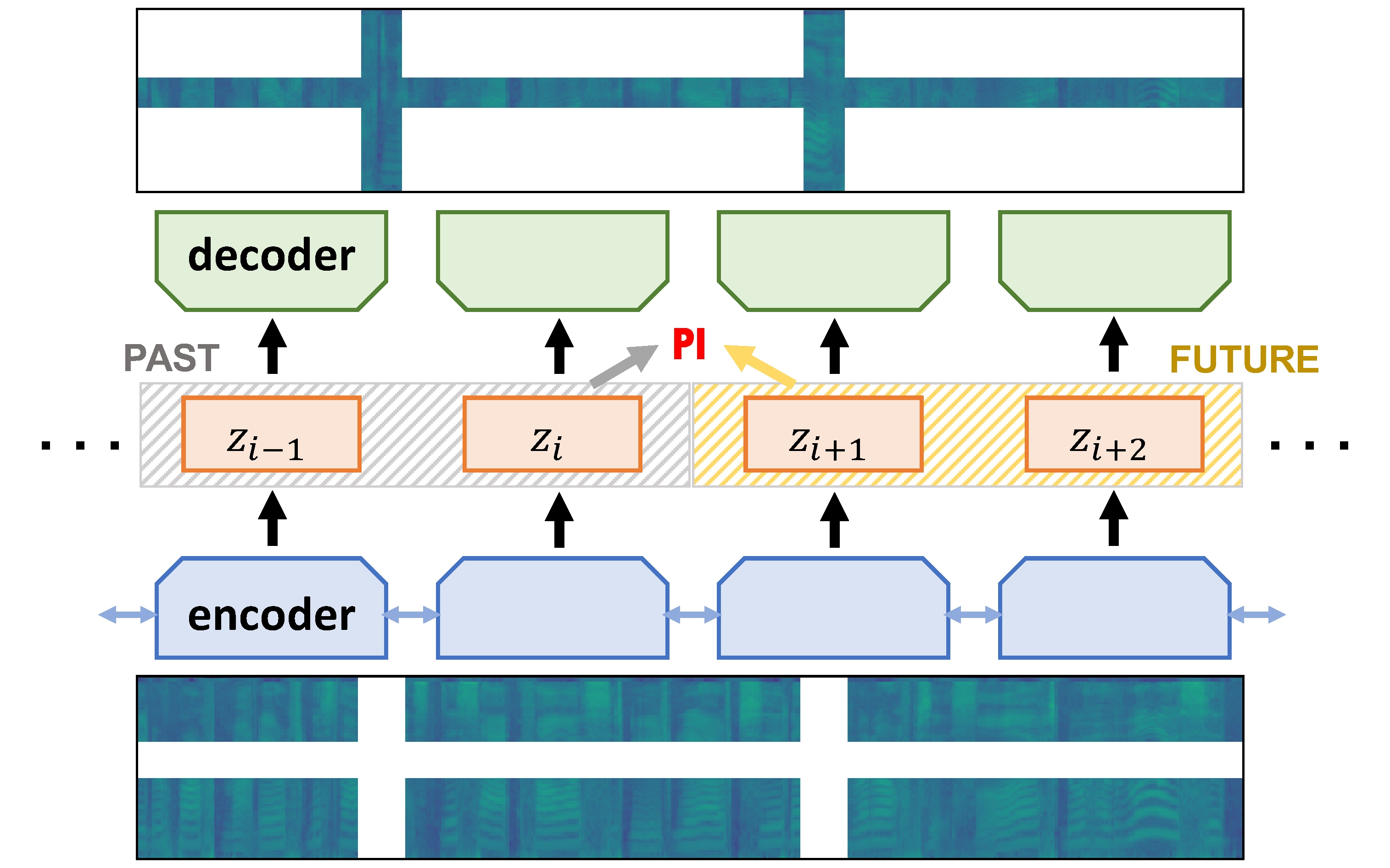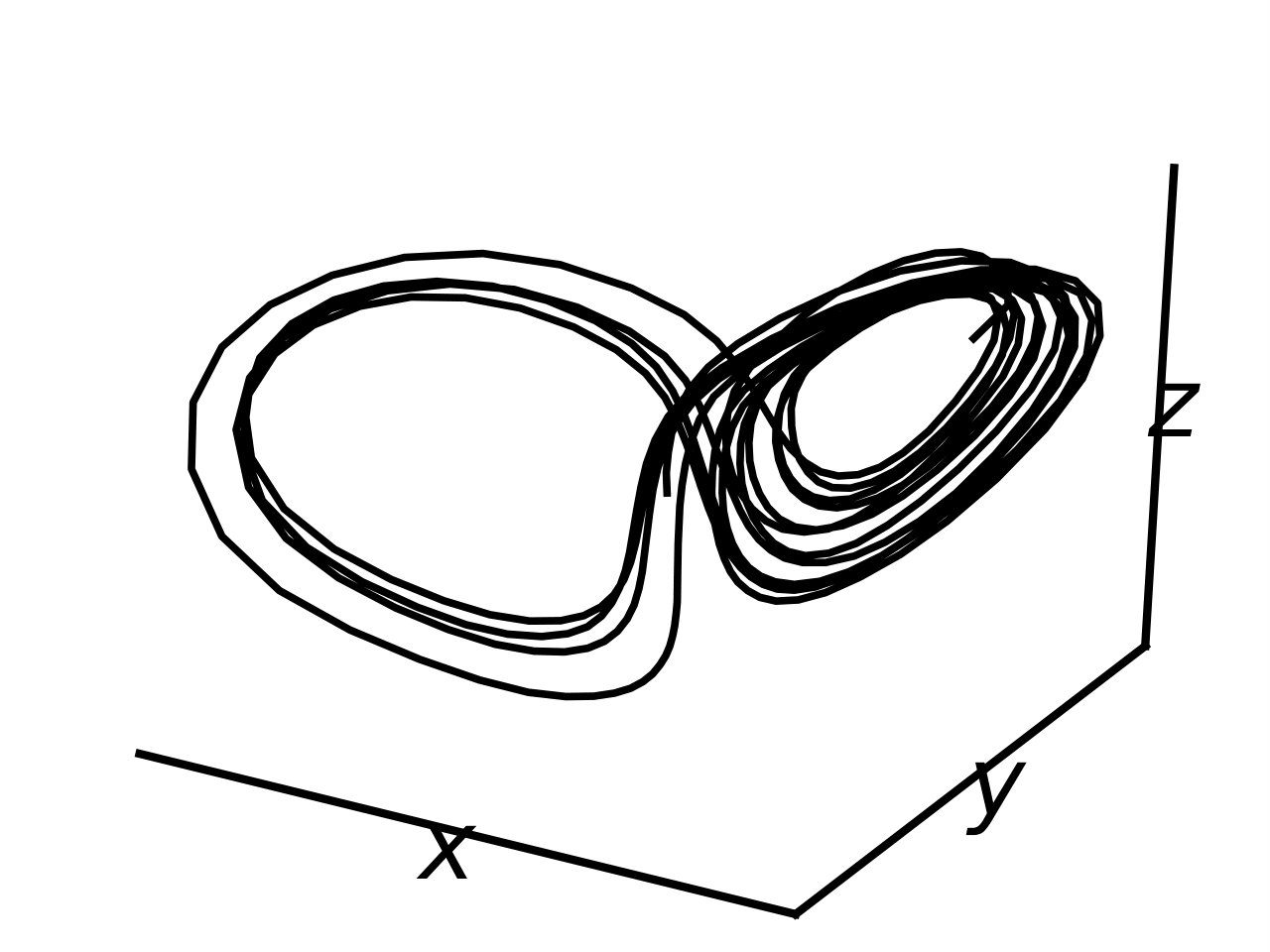Deep Autoencoding Predictive Components (DAPC) is a self-supervised representation learning method for sequence data, based on the intuition that useful representations of sequence data should exhibit a simple structure in the latent space.
We encourage this latent structure by maximizing an estimate of predictive information (PI) of latent feature sequences, and
regularize the learning through masked reconstruction; the full learning objective is described in [1]. Here we use the same estimate of predictive information from the
recent work Dynamical Components Analysis [3] (and our implementation
of PI is modified from theirs). The masked reconstruction loss was applied to pretraining encoders for speech recognition
in [2].
This repository mainly demonstrates the Lorenz Attractor experiments.
Leftmost: ground-truth 3d signals. Middle left: lifted 30d signals. Middle right: noisy lifted 30d signals. Rightmost: unsupervised recovery of the 3d signals by DAPC.
- Python 3.7+
- numpy 1.17.3
- matplotlib
- PyTorch 1.5.0
Older versions might work as well.
Download the repo
git clone https://github.com/JunwenBai/DAPC.git
To run the deterministic DAPC
./run_ddapc.sh
To run the probabilistic DAPC
./run_vdapc.sh
One can inspect the bashes to see all the options for training. By default, we use gpu:0.
If you are interested in our work, please consider cite the following paper:
@article{bai2020representation,
title={Representation Learning for Sequence Data with Deep Autoencoding Predictive Components},
author={Bai, Junwen and Wang, Weiran and Zhou, Yingbo and Xiong, Caiming},
journal={arXiv preprint arXiv:2010.03135},
year={2020}
}[1] Junwen Bai, Weiran Wang, Yingbo Zhou, and Caiming Xiong. Representation Learning for Sequence Data with Deep Autoencoding Predictive Components. In International Conference on Learning Representations, 2021.
[2] Weiran Wang, Qingming Tang, and Karen Livescu. Unsupervised Pre-training of Bidirectional Speech Encoders via Masked Reconstruction. In ICASSP, 2020.
[3] Clark, D., Livezey, J. and Bouchard, K.. Unsupervised discovery of temporal structure in noisy data with dynamical components analysis. In Advances in Neural Information Processing Systems, 2019.




